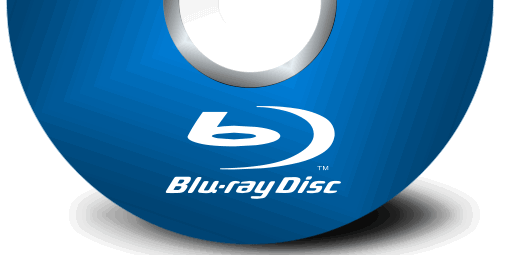As more people are beginning to buy monitors and TVs that support the new 4K resolution, Hollywood has taken notice. The film industry has always been battling pirates, and in this battle there have been many DRM methods cooked up that rendered some of the hardware designed to play movies obsolete. With the upcoming release of Windows 10, there might be some bad news on the horizon regarding the ability to watch 4K movies on computers that do not support the particular DRM technologies that the new operating system will require.
Introducing PlayReady 3.0

Microsoft’s PlayReady 3.0 is a continuation of the PlayReady line. It’s been around since 2007 and has been quietly protecting movies for about as long. Until 3.0 came out, however, this protection was mostly software-based, which had allowed pirates to crack the code very easily and distribute the films through the popular channels. With this new version, the film industry hopes that it can get one step ahead of pirates by making the hardware do the work of decrypting the signal. The details about the new technology are underwhelming, but we know for sure that it relies on certain hardware, meaning that you will have to upgrade your computer if it doesn’t have PlayReady 3.0 capabilities.
What Happens To Incompatible Computers?

Since PlayReady’s new DRM is tied to your hardware, it means that some 4K movies will not play in 4K resolution unless you have a specific type of hardware. Let me be frank with you: You can play movies in 4K without PlayReady-compatible hardware, but what you cannot play is any movie that uses PlayReady as its DRM.
OK, this is a bit confusing. Just to clarify, this is what you can do without PlayReady hardware:
- use a 4K resolution on your monitor
- watch YouTube in 4K
- play 4K movies that don’t use PlayReady DRM
Now, for movies that do use PlayReady DRM, you can still watch them, but the resolution will be “dumbed down” to something like 1080p. This is the catch, and if you want to watch the movies in all their 4K glory, you will have to purchase the appropriate hardware (most likely a new motherboard or CPU, considering the fact that Microsoft is specifically speaking to CPU and motherboard manufacturers about this).
What’s The Big Fuss?
Being reduced to a 1080p resolution for films isn’t the worst thing in the world (I still enjoy 480p and 720p streams just fine on my 27-inch 1080p monitor), but we’re talking about “bang for buck” here. Imagine this: You’re a paying customer who chooses to indulge in a 4K movie, meaning you’ll be paying a higher price for that experience. You go home only to find out that the resolution is a bit wonky.
The main protest here is that you’re not getting your full money’s worth until you lob some more cash on a new system.
There’s a silver lining here, however. Most hardware-based DRMs thus far have rendered systems entirely obsolete. Yes, the film industry will continue to fight an uphill battle against piracy, but this time there was only a minor casualty (i.e. the loss of some resolution in films played on older hardware).
Of course, we also have to take into account that no filmmaker is obligated by any means to use PlayReady DRM (although the largest ones will most likely do this).
What do you think? Was this measure worth it? Tell us in the comments!
Miguel has been a business growth and technology expert for more than a decade and has written software for even longer. From his little castle in Romania, he presents cold and analytical perspectives to things that affect the tech world.
Subscribe to our newsletter!
Our latest tutorials delivered straight to your inbox
Sign up for all newsletters.
By signing up, you agree to our Privacy Policy and European users agree to the data transfer policy. We will not share your data and you can unsubscribe at any time. Subscribe
